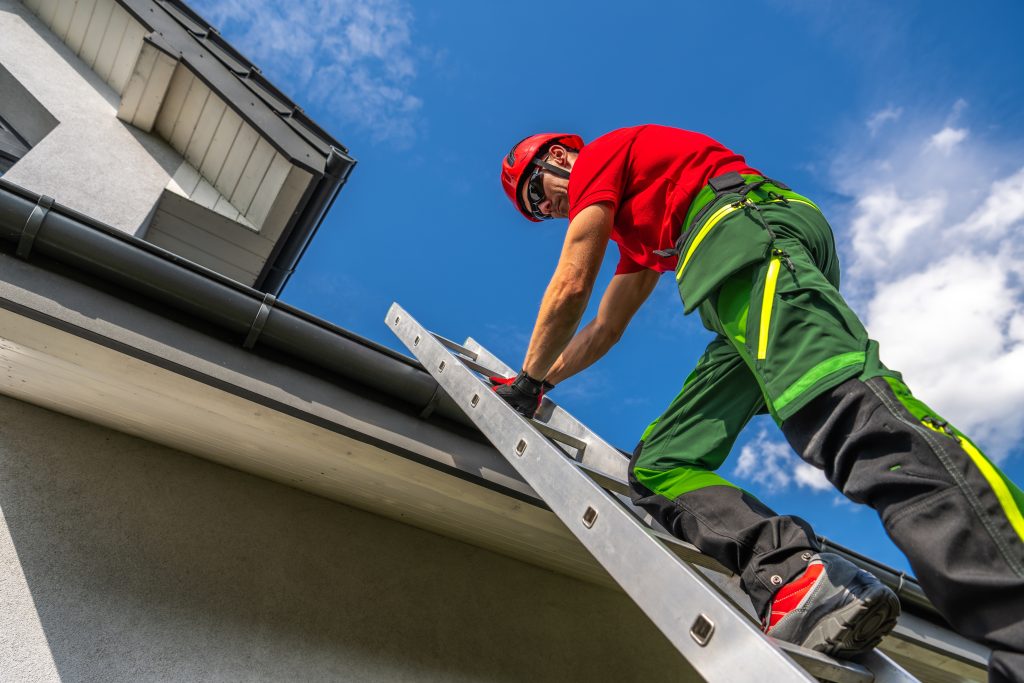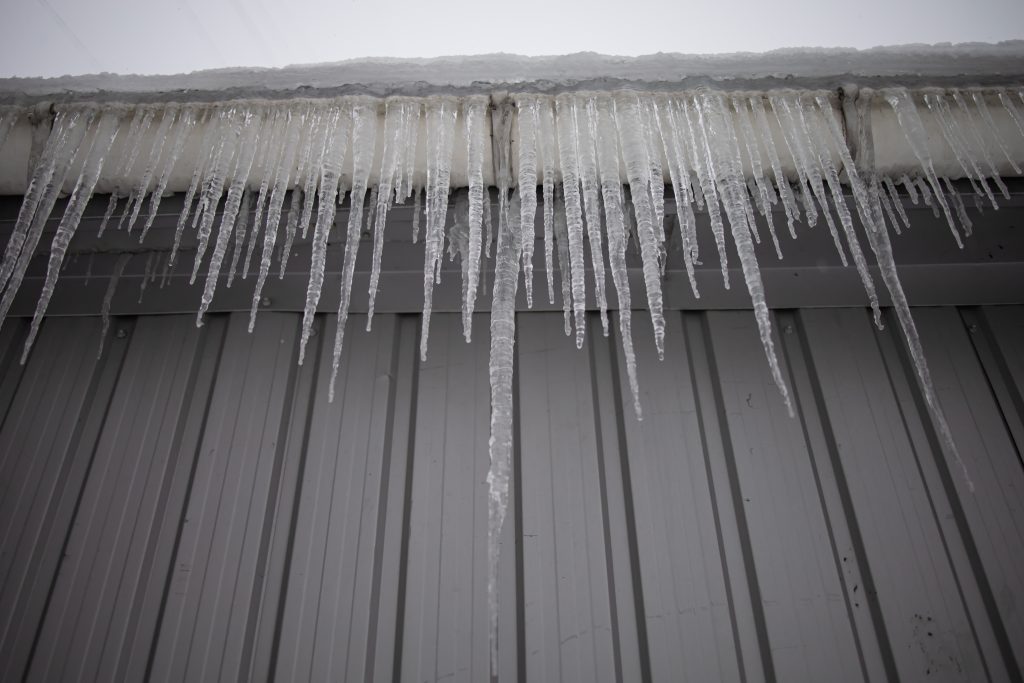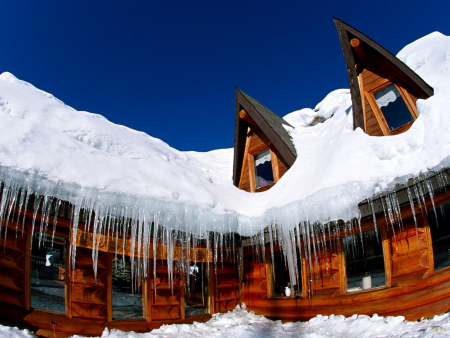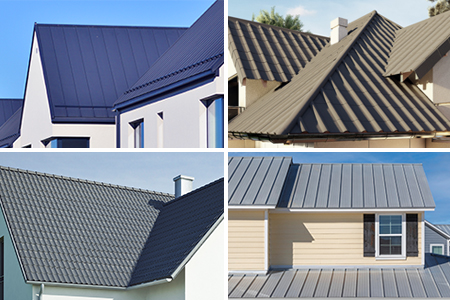Get professional advice and find out which roofing solution is right for your building.
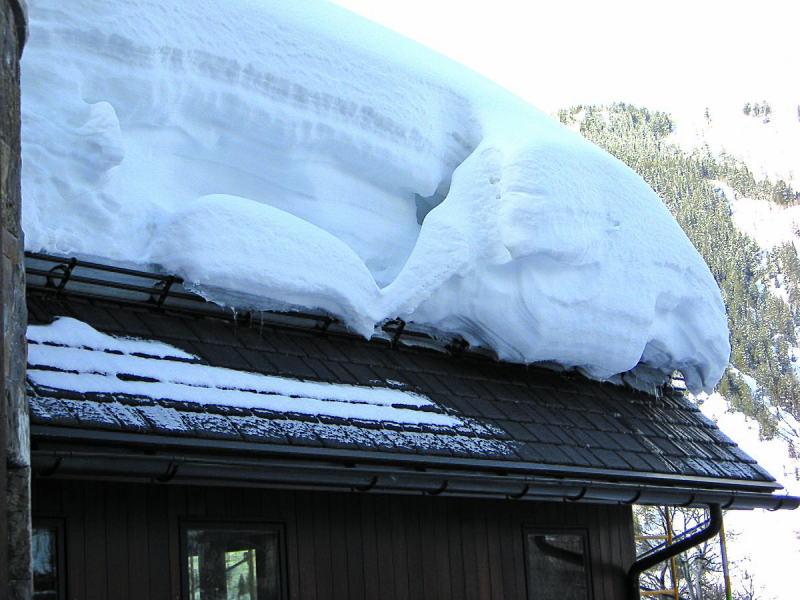
Snow-covered roofs look very beautiful, BUT…
Snowballs falling from roofs are a serious problem. Snowballs can cause damage to health and property. Snow barriers prevent snow from sliding off, leaving the roof covered with snow until it melts. Snow-covered roofs look very beautiful, BUT…
Snowballs falling from roofs pose a serious problem. Snowballs can cause damage to health and property. Snow barriers prevent snow from sliding off, clearing the roof of snow only after it has melted.
Who needs snow barriers?
1. Preventing snow from sliding off
Snowballs falling from roofs are a serious problem. Snowballs can cause damage to health and property. Snow barriers prevent snow from sliding off, clearing the roof of snow only after it has melted.
2. Protection of the surrounding area
Snow barriers protect the area in the immediate vicinity of the house from snow drifts. This is especially important if there are walkways, a parking lot, or a children’s playground near the house.
3. Thermal insulation
Snow on the roof serves as an additional insulating layer, helping to keep the heat inside the building.
4. Self-cleaning roof
Snow barriers promote self-cleaning of the roof. The roof is cleared of snow only after it has melted, and the meltwater flows into the drainpipes and is drained to a specific location.
Where is the best place to install snow barriers?
1. Above the garage door: this prevents snow from falling on the car.
2. Above all entrances to the house: this protects people from snow when entering or leaving the house.
3. Above wires: this applies to electrical, television, and internet cables.
4. On all levels of multi-level roofs: this prevents snow from accumulating on different levels of the roof.
5. On slopes located above sidewalks, paths, roads, and other places where people may walk, drive, or park cars. This prevents snow from falling on people or cars.
6. Above pet houses and fences: this protects your pets from falling snow.
In addition, when choosing a location for installing a snow guard, you need to consider the slope of the roof, the roofing material, and the snow load in your area.
In areas with particularly high snow loads, it is recommended to install two or even more snow guards.
Types of snow guards
1. Tubular snow guards:
These consist of two round or oval tubes, brackets for attaching the tubes to the roofing material, fasteners, and rubber gaskets.
2. Lattice snow guards:
In addition to their main functions, they are often used as roof guard systems. Thanks to the lattice, they work much more effectively than other types.
3. Metal snow guards:
This is another type of snow guard that is commonly used for roofs.
4. Snow guards for specific roofing materials:
These snow guards are specifically designed for use with certain roofing materials.
Each of these types has its own advantages and disadvantages, and the choice of a specific type depends on many factors, including the type of roof, climatic conditions, and personal preferences.
How to install snow guards?
Here are some tips.
1. Reinforce the shell: reinforce the shell with a special additional rack.
2. Install flush with the supporting elements:
If you have tubular snow guards, they should be installed flush with the supporting elements of the building so that the load from the snow cover is transferred to the supporting parts of the structure.


